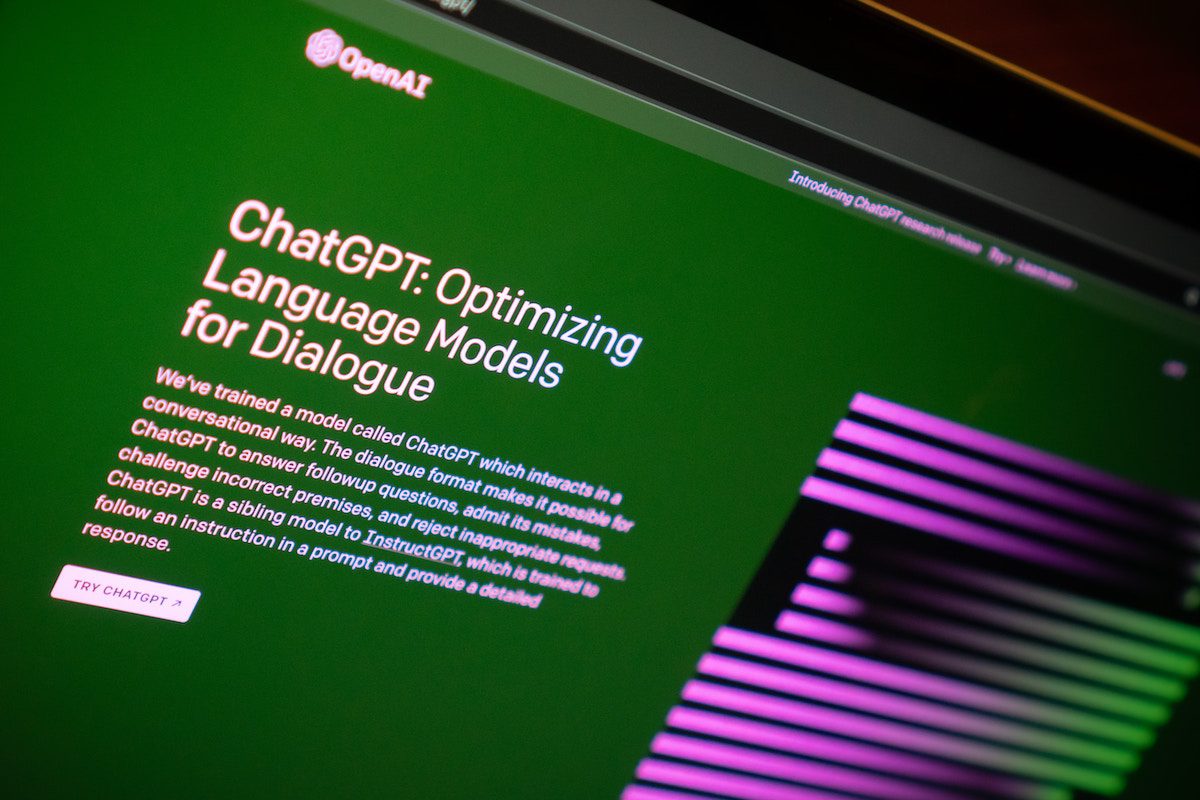Be Mindful — Because It’s Good for You, and It’s Trendy
Mindfulness, though not a new practice, has recently emerged as a popular exercise for people seeking to reduce stress and improve their mood, as well as among companies implementing wellness programs.
Research on mindfulness shows that regular practice can improve resilience to stress, unlock creativity and boost productivity. But what is mindfulness, exactly? Ellen Langer, PhD, a social psychologist and a professor of psychology at Harvard University, has penned 11 books and more than 200 research articles on mindfulness over the last 35 years.
In an interview with Harvard Business Review, Dr. Langer defined mindfulness as “the process of actively noticing new things. When you do that, it puts you in the present. It makes you more sensitive to context and perspective. It’s the essence of engagement. And it’s energy-begetting, not energy-consuming. The mistake most people make is to assume it’s stressful and exhausting — all this thinking. But what’s stressful is all the mindless negative evaluations we make and the worry that we’ll find problems and not be able to solve them.
We all seek stability. We want to hold things still, thinking that if we do, we can control them. But since everything is always changing, that doesn’t work. Actually, it causes you to lose control.”
When practicing mindfulness, the goal is not to strive to completely clear your mind or be void of thinking. Rather, the goal is to be present in the moment and aware of the things occurring around you.
With deliberate, focused thinking, it is easier to pay attention, you remember more and you’re more creative, according to Dr. Langer. You are also more more likely to seize opportunities when they present themselves. Importantly, “you like people better, and people like you better, because you’re less evaluative. You’re more charismatic.”
These cognitive and behavioral effects are the result of a physically changed brain. Studies show practicing mindfulness actually increases the amount of gray matter in two places in the brain.
The first is the anterior cingulate cortex, which is located behind the frontal lobe. The ACC is associated with self-regulation, or the ability to purposefully direct attention and behavior and control inappropriate automatic responses, according to HBR. The ACC is also associated with using past experiences to inform decisions. People who meditate exhibit superior performance on self-regulation assessments and are better able to resist distractions than non-meditators.
The second region of the brain most tangibly affected by practicing mindfulness is the hippocampus, according to HBR. The hippocampus is part of the limbic system, which is associated with emotion and memory. Chronic stress can be damaging to the structure, whereas meditating helps it grow.
The science backing mindfulness has been around for decades, but is becoming increasingly popular as individuals seek DIY remedies for stress and as organizations strive to help employees improve well-being and enhance productivity.
For instance, Google offers more than a dozen mindfulness courses to its employees, according to HBR. The “Search Inside Yourself” course, offered since 2007, helps participants combat stress, stabilize emotions, increase patience and improve listening skills.
Since it launched its Awake@Intel mindfulness program in 2012, participants from Intel say they feel significantly less stressed and more engaged at work. In collaboration with Duke University, eMindful and the American Viniyoga Institute, health insurer giant Aetna developed and introduced two mindfulness programs in 2010 called Viniyoga Stress Reduction and Mindfulness at Work. The two initiatives produced such positive results that Aetna decided to offer its mindfulness programs to customers, according to HBR.
Ironically, technology — society’s most perpetual distractor — can help any individual cultivate mindfulness. There are a myriad of programs and apps designed to help novice mindfulness practitioners learn the ropes.
Some of the most popular include Headspace, Smiling Mind, iMindfulness, Mindfulness Daily and Buddhify 2.













